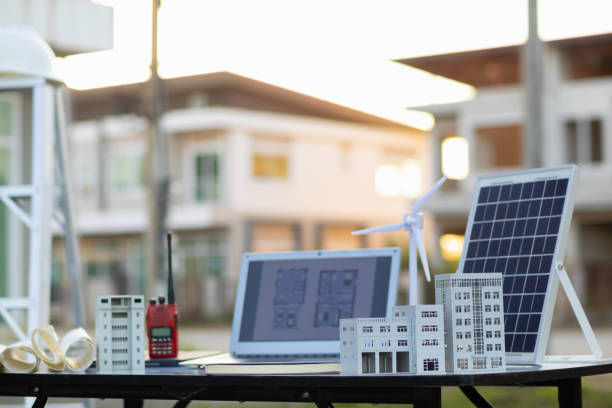Introduction
Solar energy is one of the fastest-growing renewable energy sources in the world. But before solar panels can start generating electricity, strong and well-planned construction work is needed. Civil construction plays a key role in ensuring that solar farms, rooftop installations, and other solar projects are built safely and efficiently.
What is Civil Construction in Solar Projects?
Civil construction in solar projects refers to all the physical work needed to prepare the land, build foundations, and create support structures for solar panels. It involves:
- Site preparation – Clearing and leveling the land for solar farms.
- Foundation work – Building strong bases for solar panels and equipment.
- Structural support – Ensuring solar panels are mounted securely.
- Drainage systems – Managing rainwater to prevent erosion and damage.
- Roads and pathways – Creating access routes for maintenance teams.
Key Steps in Civil Construction for Solar Projects
1. Site Selection and Land Preparation
The first step is choosing the right location. The land should have good sunlight exposure, be stable, and have proper drainage. Engineers clear vegetation, remove rocks, and level the ground to make it ready for construction.
2. Building Strong Foundations
Solar panels and other equipment need strong foundations to withstand wind, rain, and environmental changes. There are different types of foundations used in solar projects:
- Pile Foundations – Steel or concrete posts driven into the ground.
- Ballast Foundations – Heavy concrete blocks used in rocky or sandy areas.
- Ground Screws – Screws drilled into the soil for extra stability.
3. Installing Support Structures
Solar panels are mounted on metal structures that must be designed to hold their weight and allow for proper sun exposure. There are two main types:
- Fixed Structures – Panels remain in one position.
- Tracking Systems – Panels move with the sun for better efficiency.
4. Drainage and Water Management
Solar farms need proper drainage to prevent water from pooling around the foundations. Engineers design channels, slopes, and gravel beds to manage rainwater and keep the site dry.
5. Road Construction and Accessibility
Solar farms require roads for construction vehicles and maintenance teams. These roads are built to be durable and allow easy access to all parts of the site.
Challenges in Civil Construction for Solar Energy
Building solar projects comes with challenges, such as:
- Soil Stability Issues – Some lands need extra reinforcement.
- Weather Conditions – Heavy rains, storms, or extreme heat can affect construction.
- Environmental Impact – Construction should not harm local wildlife and vegetation.
- Cost and Time Management – Projects must be completed on schedule and within budget.
Conclusion
Civil construction is the backbone of any solar project. Without strong foundations and well-planned infrastructure, solar panels cannot function efficiently. As the world moves toward renewable energy, civil construction will continue to play a crucial role in making solar power accessible and reliable.





Comments